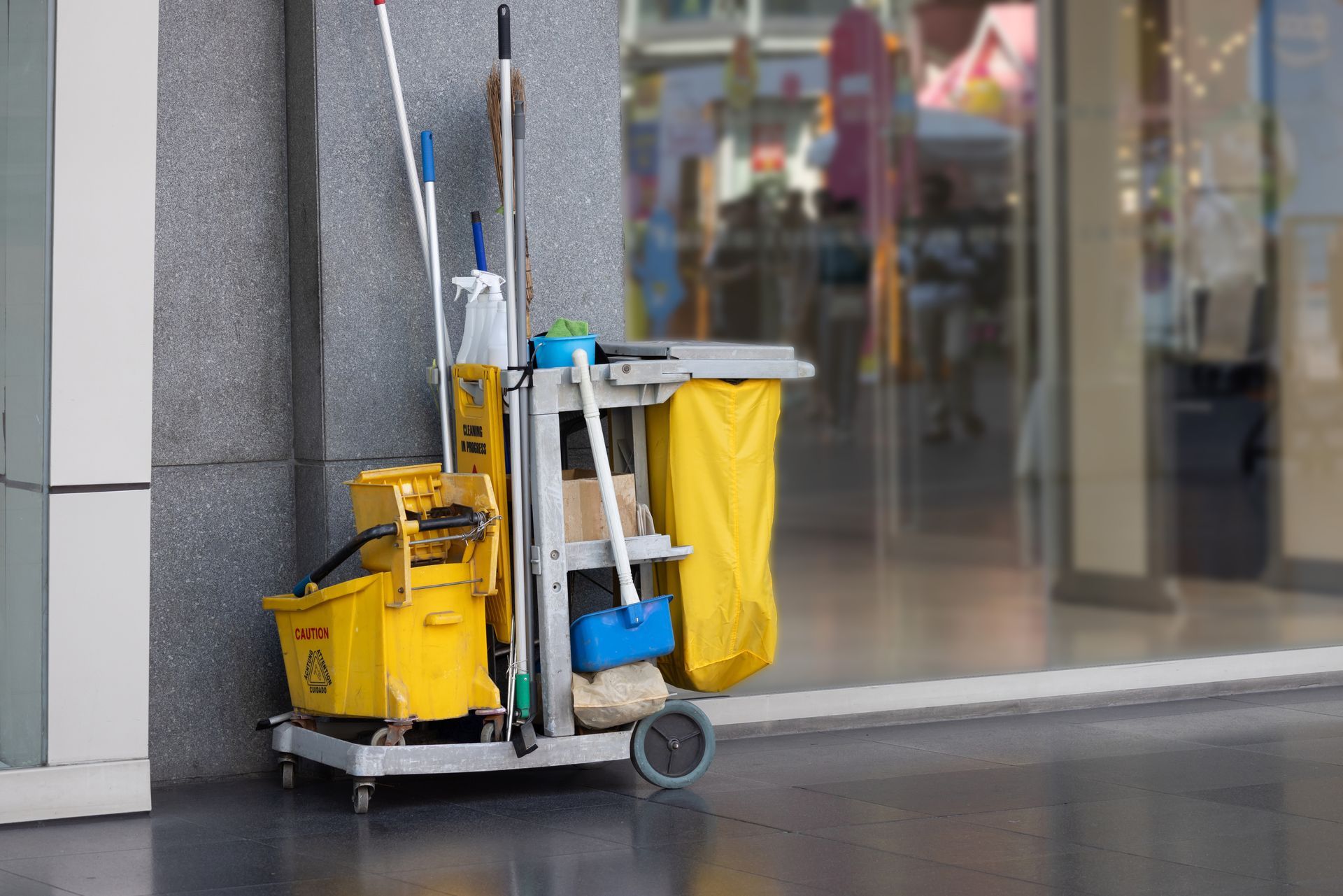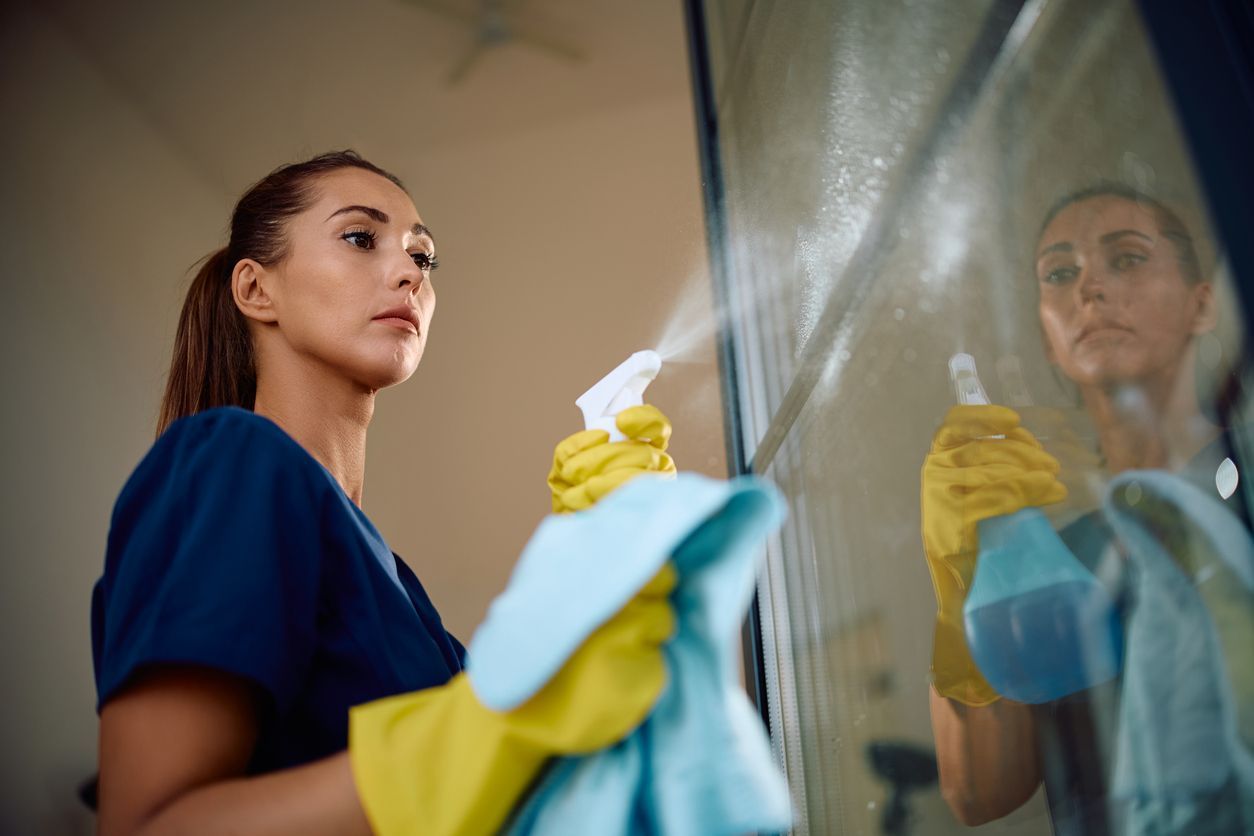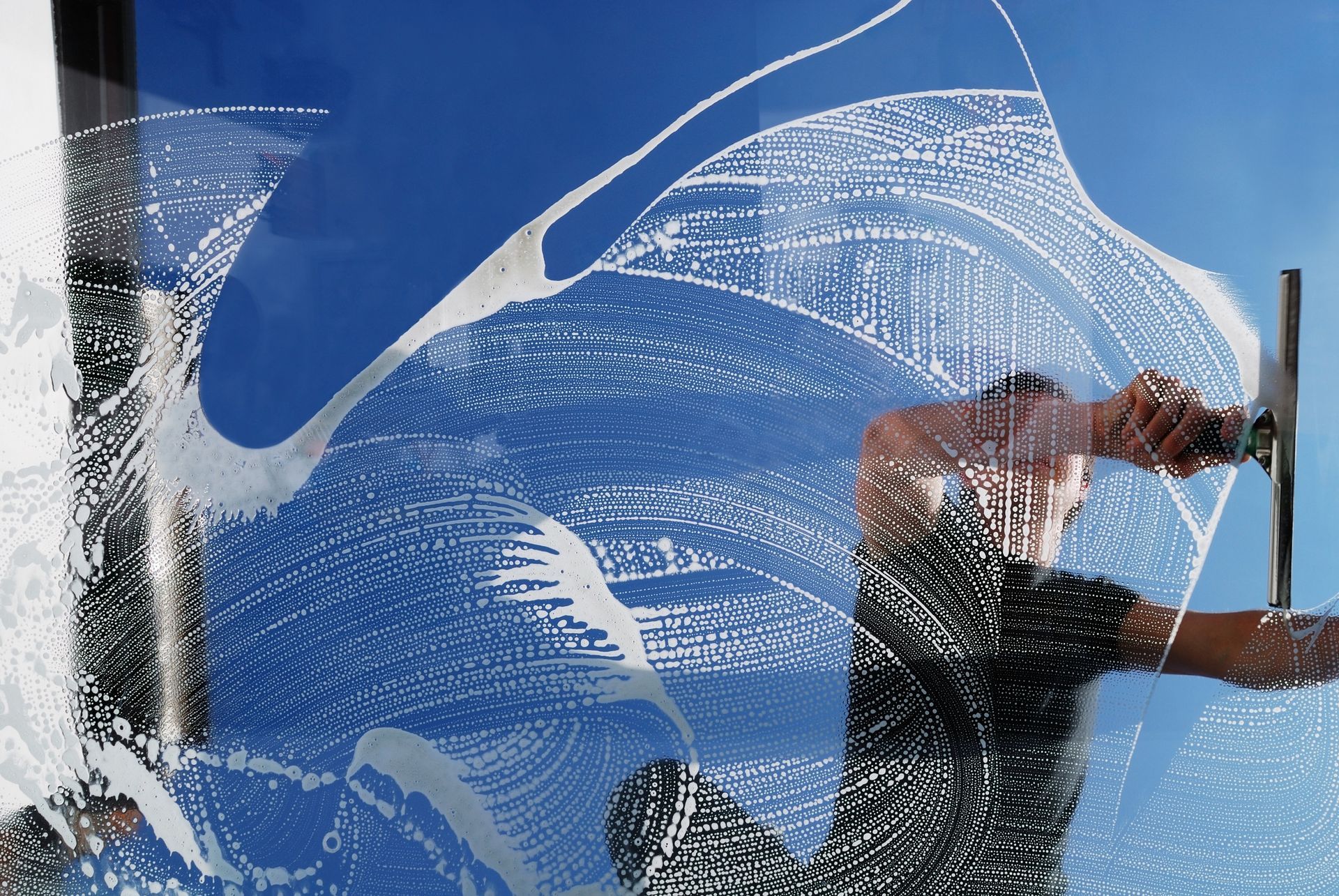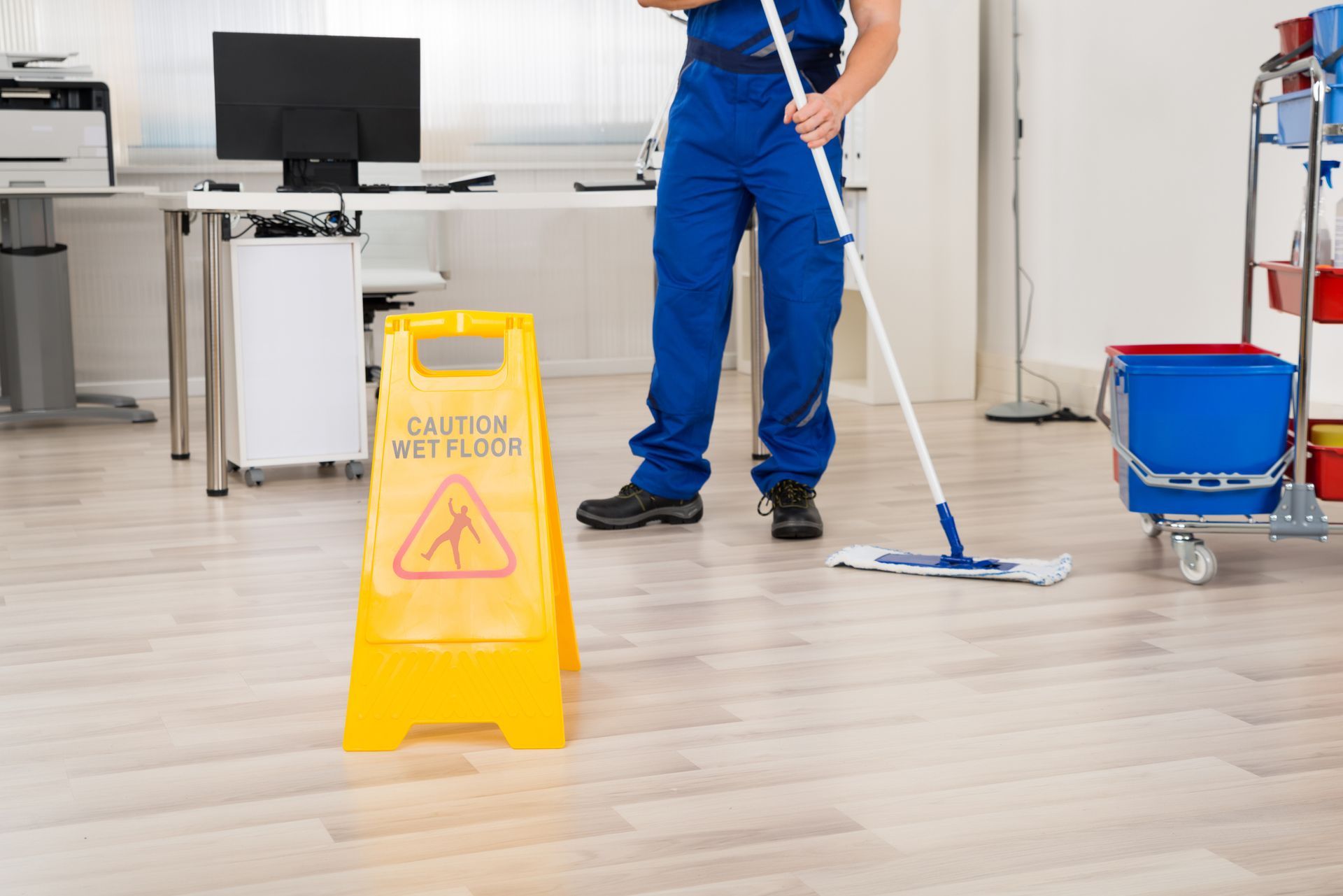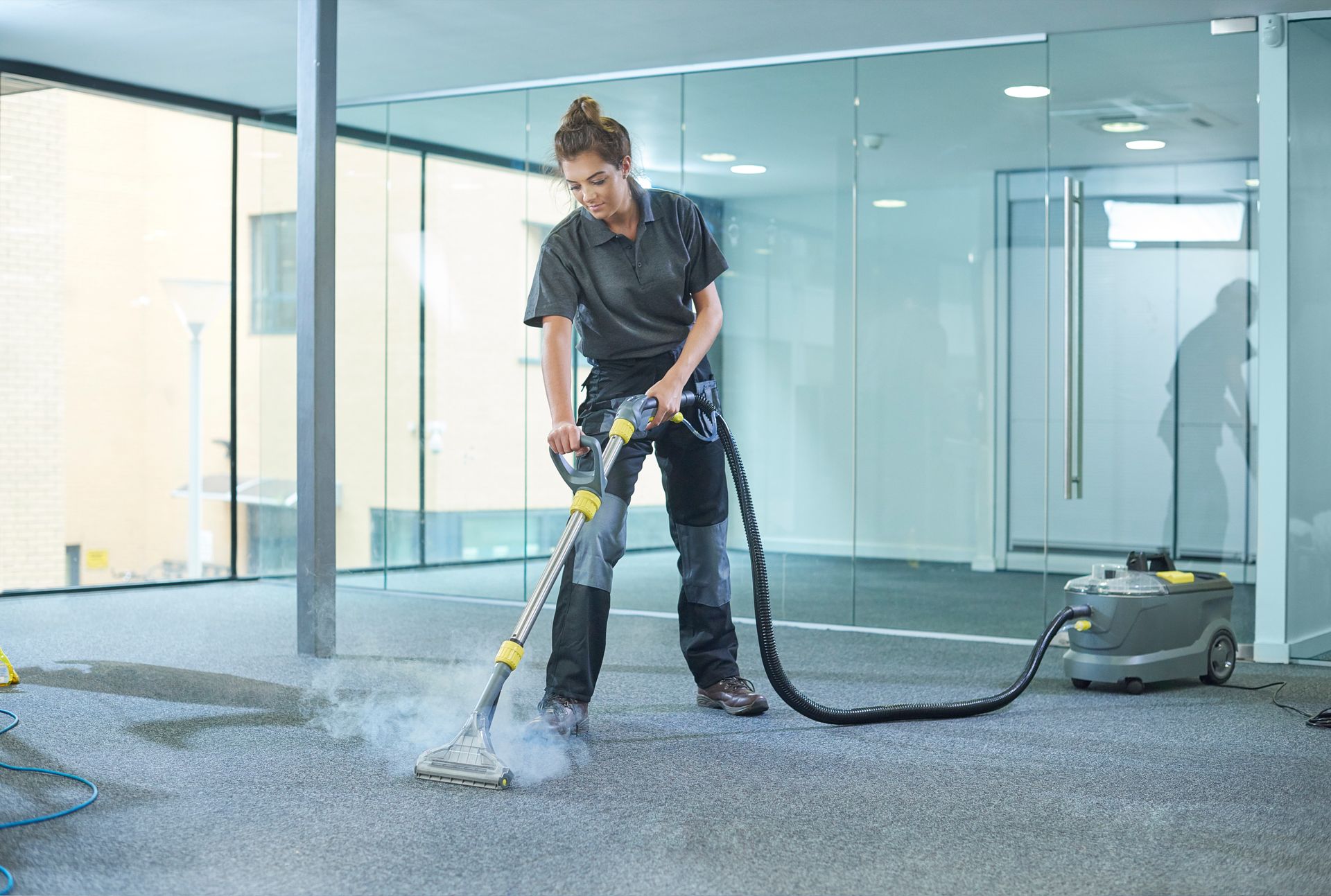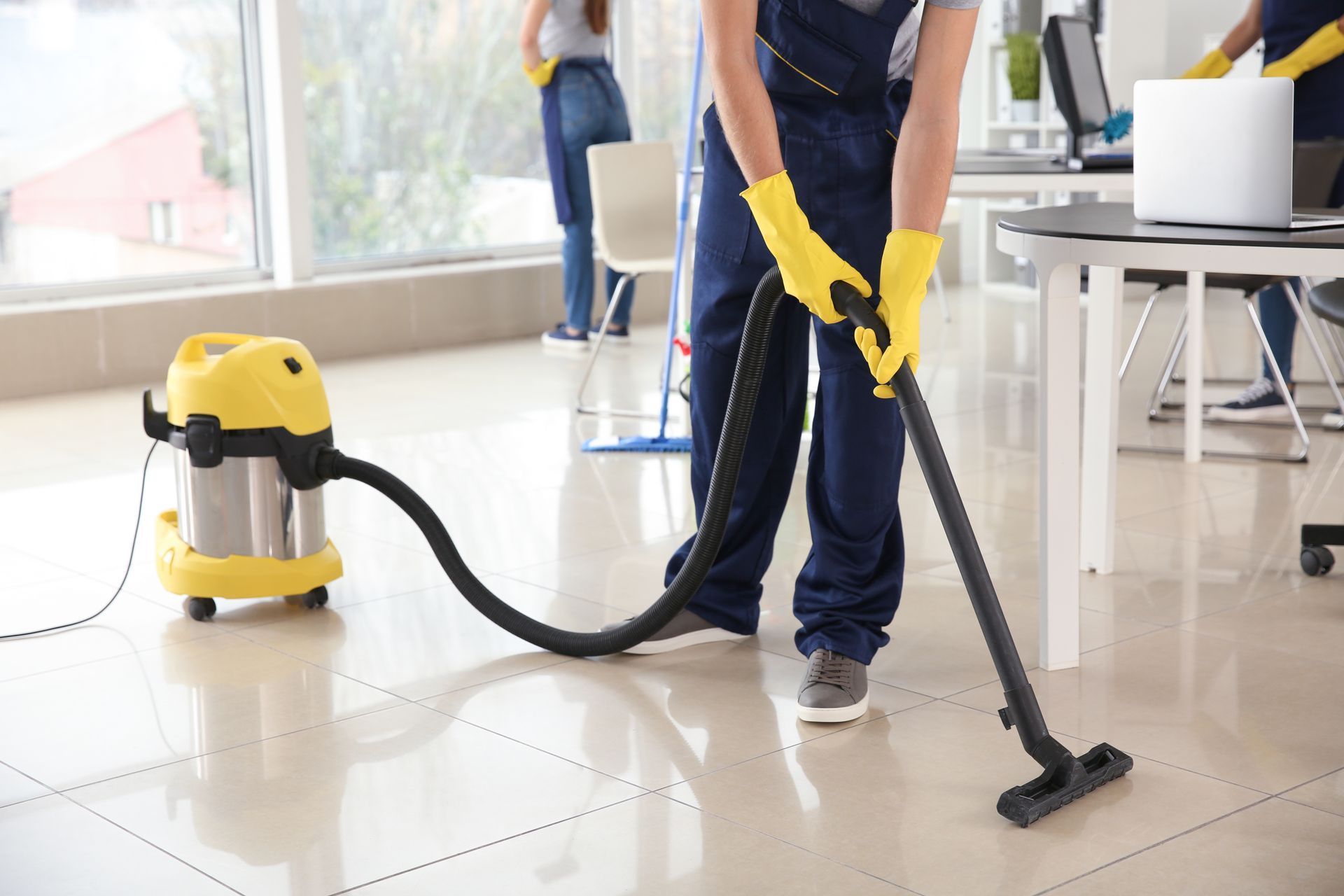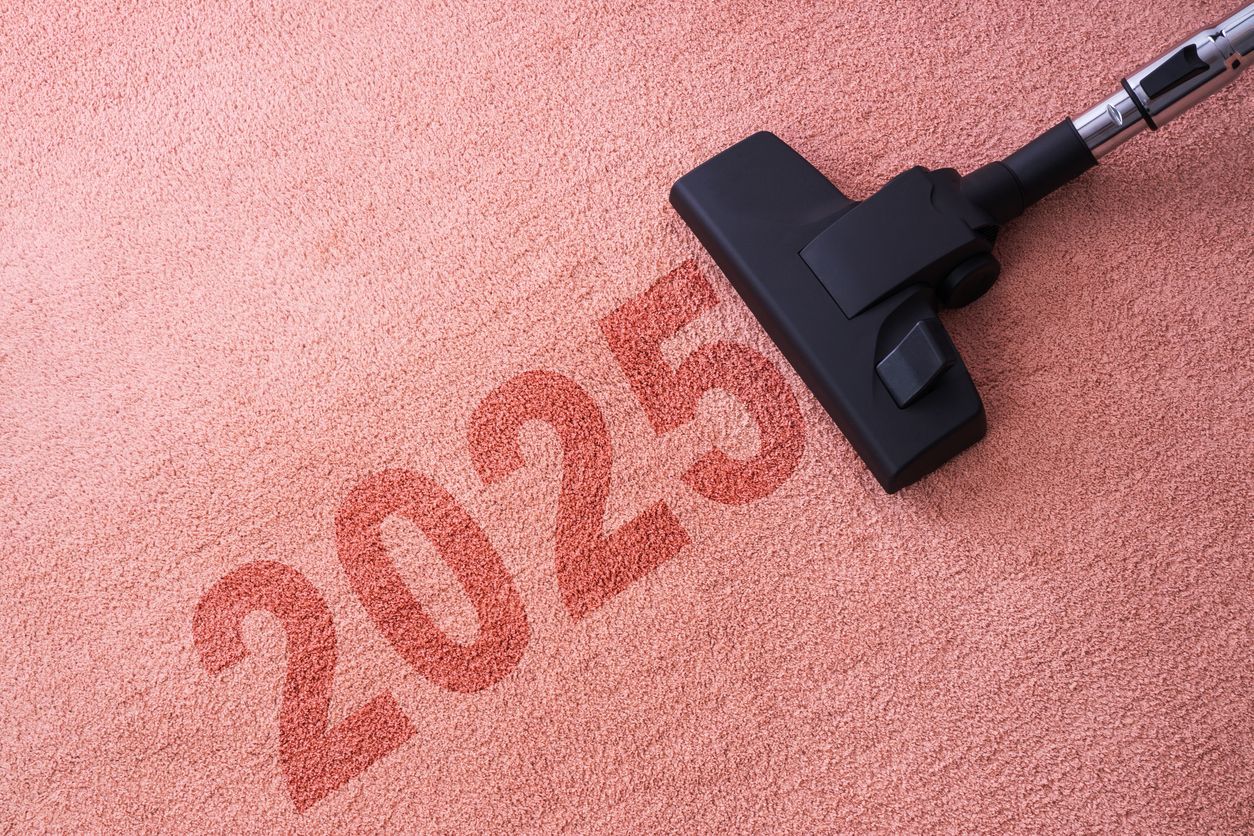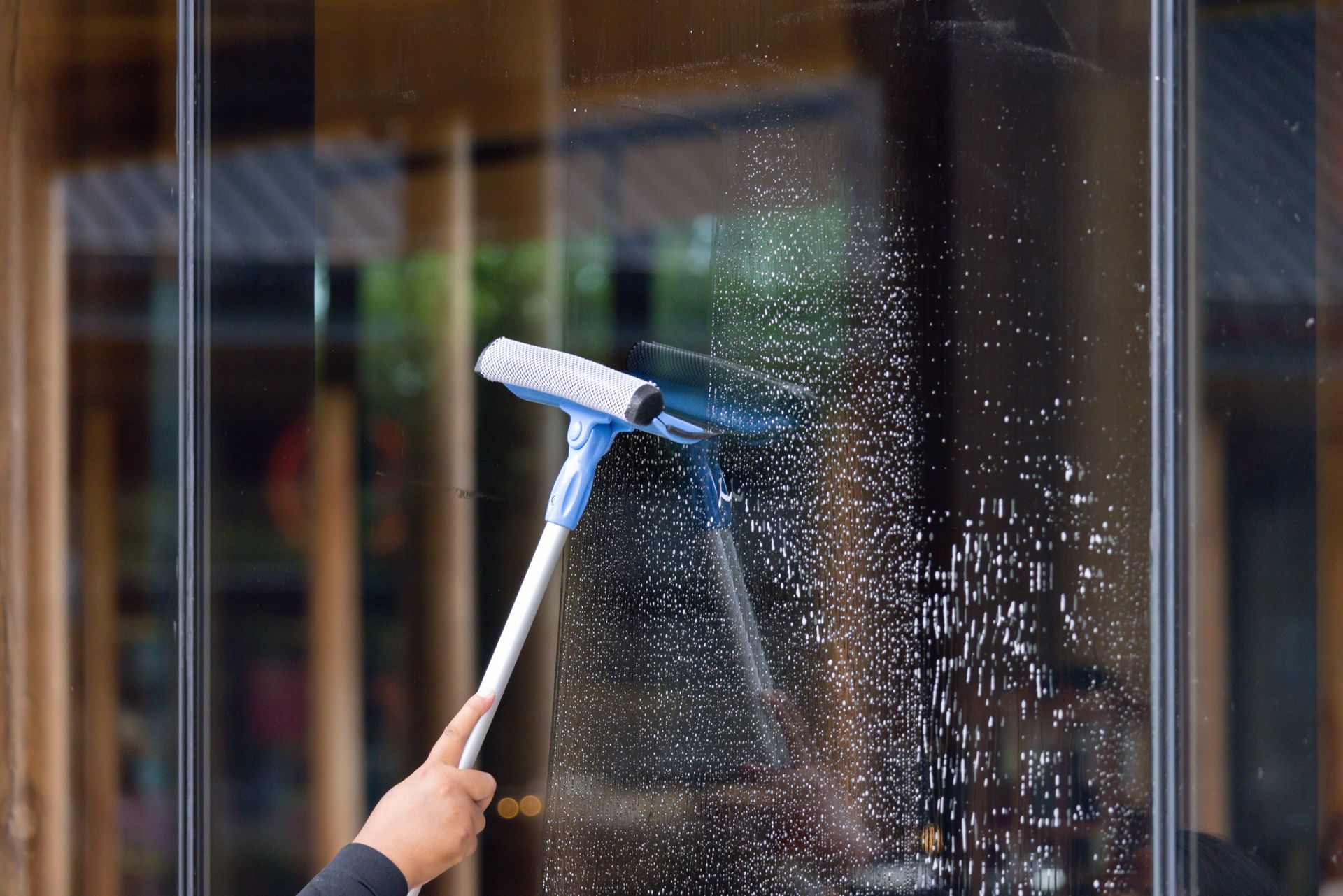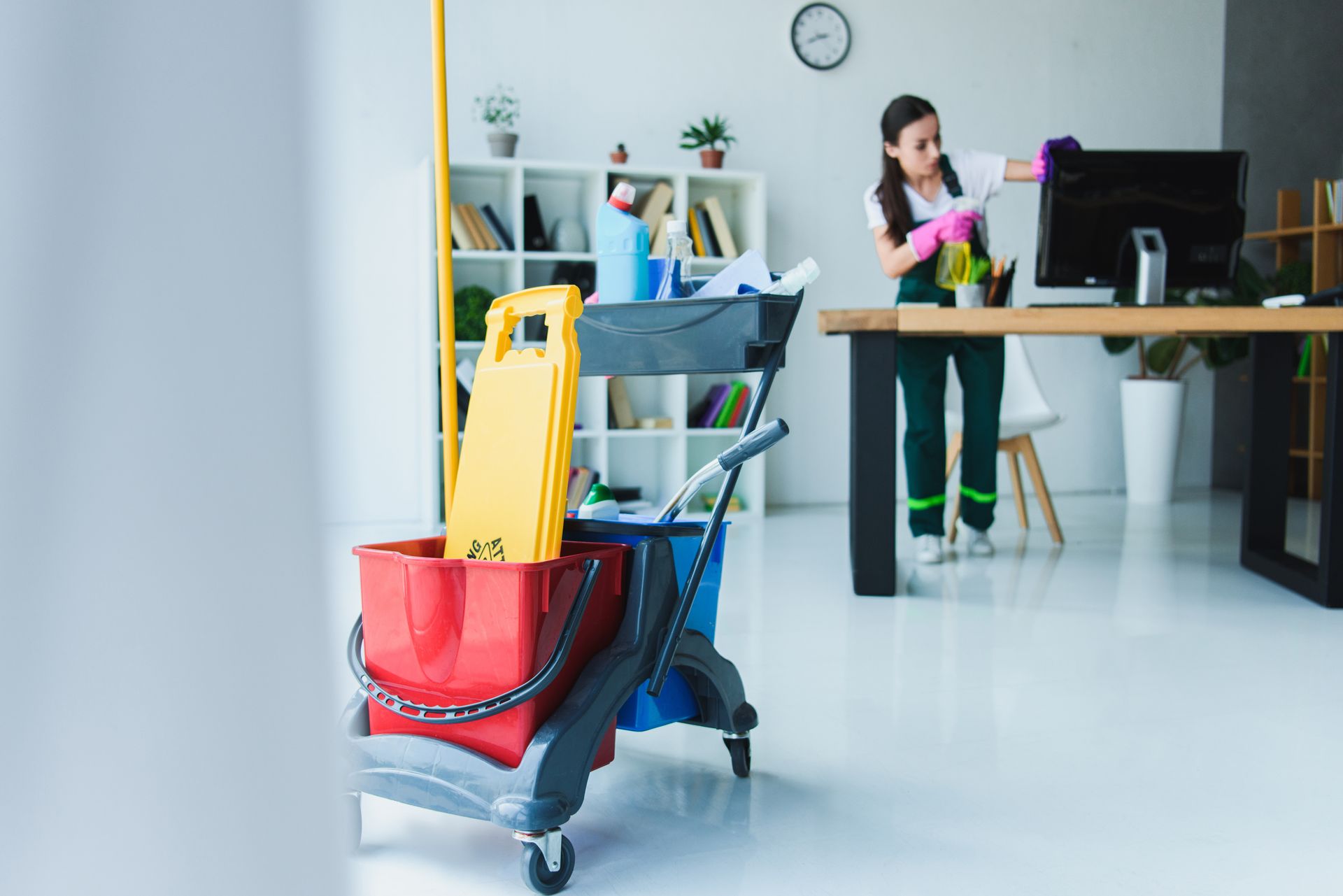The Science Behind Effective Disinfection
The Science Behind Effective Disinfection: What You Need to Know
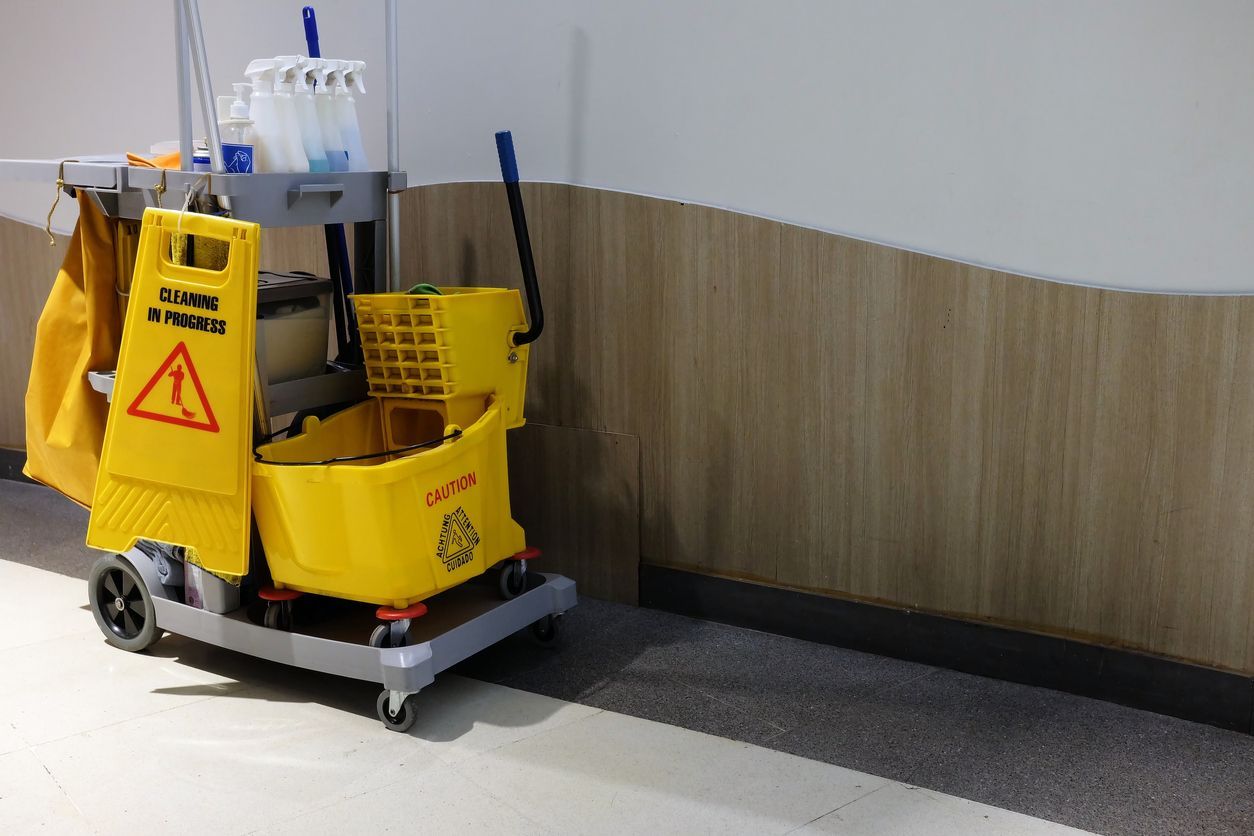
In today’s world, effective disinfection is more critical than ever. Whether it’s a bustling office, a healthcare facility, or a retail space, maintaining a clean and safe environment is essential for health and well-being. But what makes disinfection truly effective? Let’s dive into the science behind it.
Understanding Disinfection vs. Cleaning
While cleaning and disinfecting are often used interchangeably, they serve different purposes. Cleaning removes dirt, debris, and some germs from surfaces using soap and water. Disinfection, on the other hand, involves the use of chemicals to kill pathogens on surfaces, reducing the risk of spreading infections.
How Disinfectants Work
Disinfectants are chemical agents designed to kill microorganisms such as bacteria, viruses, and fungi. The efficacy of a disinfectant depends on several factors:
- Active Ingredients: Common active ingredients include alcohols, quaternary ammonium compounds (quats), chlorine, hydrogen peroxide, and iodine. Each works differently, targeting various types of pathogens.
- Contact Time: Disinfectants need to remain on a surface for a specified period to be effective. This “dwell time” ensures that pathogens are adequately neutralized.
- Surface Type: Porous surfaces can harbor microorganisms that are harder to reach, while smooth, non-porous surfaces allow for easier disinfection.
- Concentration and Dilution: Using the correct concentration of a disinfectant is critical. Over-dilution may reduce effectiveness, while excessive concentration could pose health risks.
Factors That Influence Disinfection Effectiveness
- Surface Cleanliness: Dirt and grime can shield pathogens from disinfectants. Pre-cleaning surfaces ensures maximum efficacy.
- Temperature and Humidity: Some disinfectants work better in specific environmental conditions. For example, alcohol-based disinfectants are less effective in high humidity.
- Pathogen Resistance: Some microorganisms, such as bacterial spores, are more resistant to disinfectants. In such cases, specialized solutions or sterilization methods may be required.
Common Misconceptions About Disinfection
- Myth: All disinfectants work instantly. Reality: Most disinfectants require a dwell time to be effective. Always follow the manufacturer’s instructions.
- Myth: More is better. Reality: Overusing disinfectants can lead to chemical residues and potential health risks without increasing effectiveness.
- Myth: One product kills all germs. Reality: No single disinfectant is effective against all pathogens. Choosing the right product for your needs is essential.
Best Practices for Effective Disinfection
- Choose the Right Disinfectant: Select a product that is EPA-registered and appropriate for your specific environment and pathogens of concern.
- Follow Instructions: Pay attention to dilution ratios, dwell times, and application methods as indicated on the product label.
- Use Proper Equipment: Tools such as microfiber cloths, mops, and electrostatic sprayers can enhance coverage and efficacy.
- Train Your Team: Ensure that cleaning staff are trained in proper disinfection techniques and understand the importance of safety measures, such as wearing gloves and masks.
The Future of Disinfection
Advances in technology are revolutionizing the way we approach disinfection. Innovations like UV-C light devices, antimicrobial coatings, and AI-powered cleaning robots are enhancing efficiency and effectiveness. These tools not only help combat pathogens but also provide real-time monitoring and data to ensure thorough cleaning.
Effective disinfection is a science that requires the right tools, techniques, and knowledge. By understanding the factors that influence disinfection and adhering to best practices, businesses can create safer environments for employees and customers alike. Investing in proper disinfection not only protects health but also boosts confidence and trust in your facility’s cleanliness.
Stay informed and stay proactive—because when it comes to disinfection, knowledge is your best defense.
